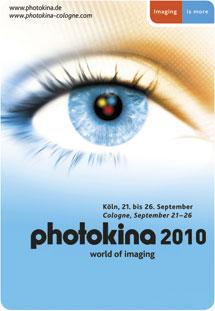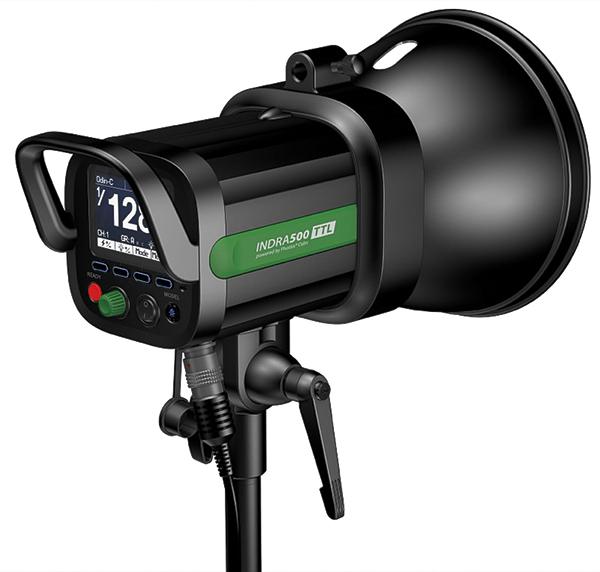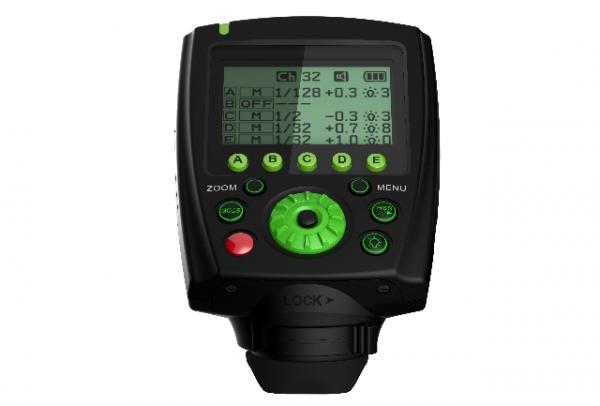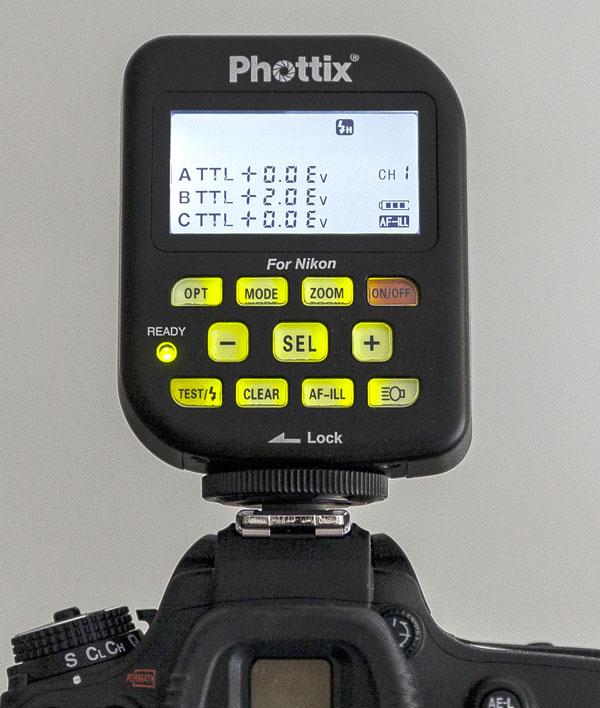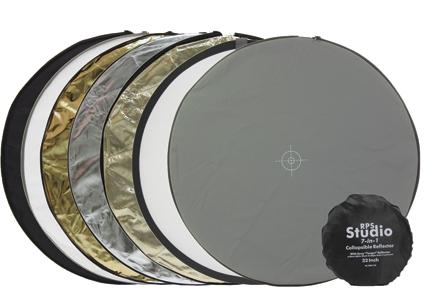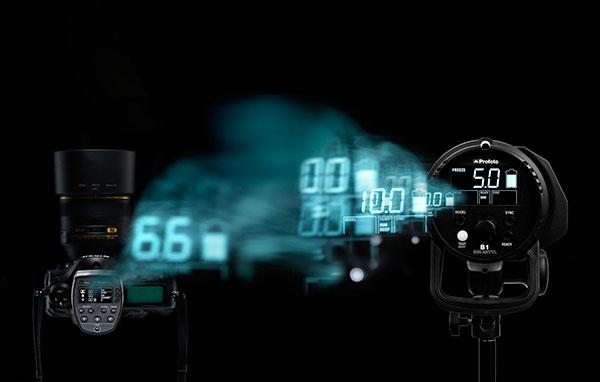Lighting News
Sort By: Post DateTitle Publish Date
|
Apr 05, 2013 |
First Published: Mar 01, 2013
|
Jan 15, 2016
|
Mar 28, 2014 |
First Published: May 01, 2014
|
Sep 27, 2013 |
First Published: Aug 01, 2013
|
Jun 01, 2010
|
Jun 01, 2010
|
Sep 22, 2016
|
Jul 13, 2017
|
Apr 25, 2014 |
First Published: Mar 01, 2014
|
Oct 01, 2009
|
Oct 11, 2013 |
First Published: Sep 01, 2013
